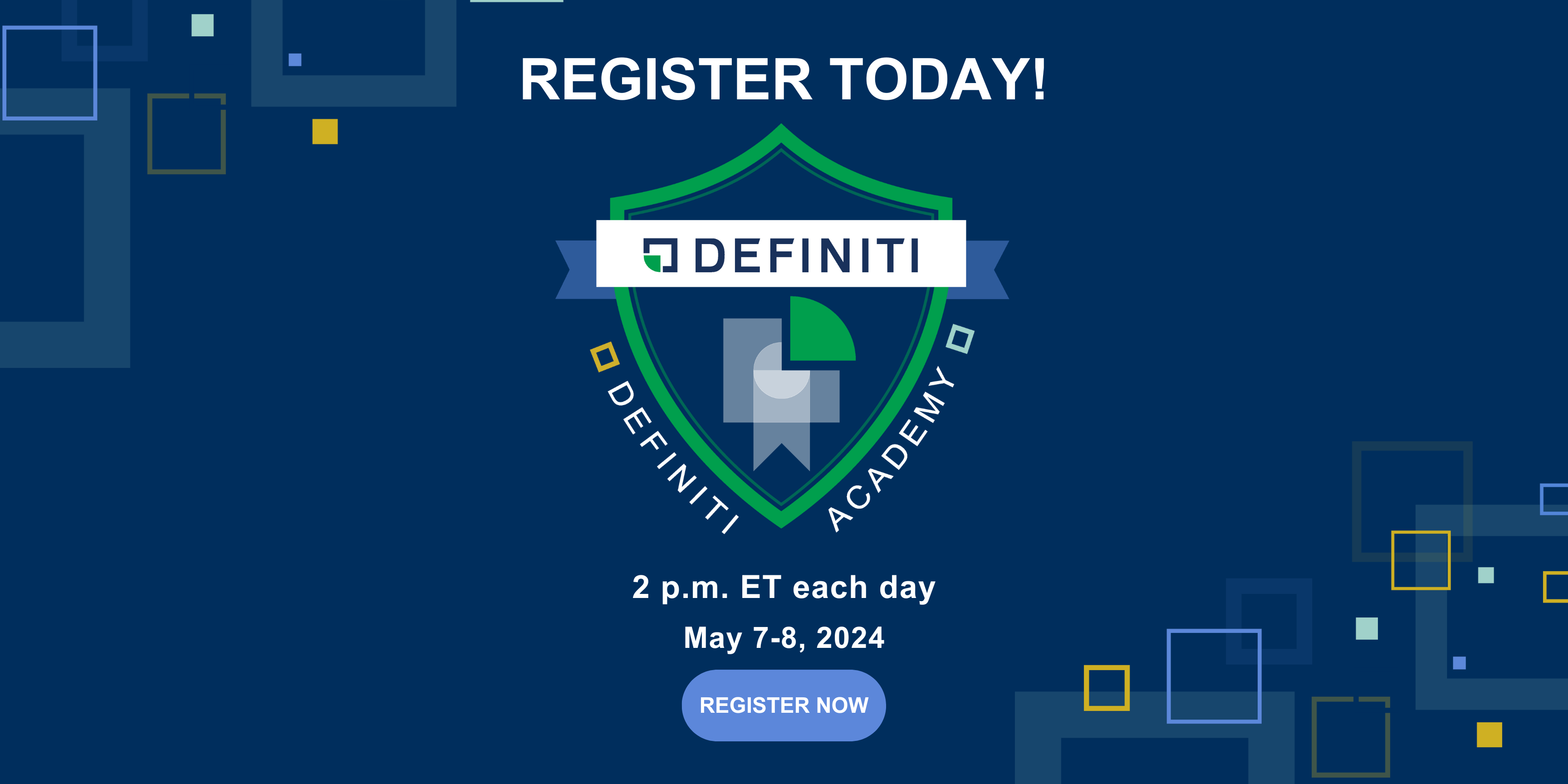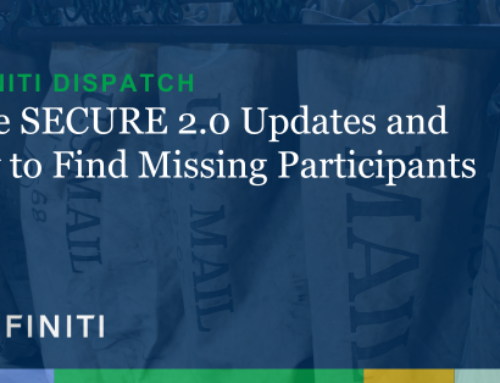Roth 401(k)s came into being in 2006, giving plan participants another tax-friendly way to save money for retirement. Unlike a 401(k) where contributions are taken from participant pay pre-tax, with taxes owed later when money is withdrawn, Roth contributions are treated differently. A participant pays federal and state taxes on contributions right away. Then down the road when they withdraw funds, their money (and any investment gains they make) are tax-free.
When Roth 401(k)s were first introduced, many retirement plan sponsors quickly made amendments to their 401(k) or 403(b) to allow participants to direct a portion or all of their plan contributions to the Roth.
But despite this initial interest in Roth 401(k)s, industry statistics tell us that about 20% of all plans don’t offer the Roth feature — and a much higher percentage of small-company plans don’t include a Roth 401(k) at all. We often see plans that aren’t taking advantage of a Roth on their 401(k).
The IRS’s high-level Roth comparison chart is worth checking out if you’re unfamiliar with how a Roth 401(k) works. It explains the key features of a Roth 401(k), Roth IRA and traditional 401(k).
Roth 401(k) Benefits
If it’s been a while since you considered the benefits of adding a Roth 401(k) feature — and, technically, it’s a separate account added to your 401(k) — or if you never evaluated adding a Roth, here are four reasons to give them another look.
- Your retirement benefits package will be more competitive. When prospective employees check out what company benefits you offer, medical insurance and retirement plans are two areas likely to be at the top of their list. If you’re in a particularly competitive area of the country or have trouble attracting and retaining top talent for another reason, offering both a 401(k) and Roth can make your organization stand out.
- There are no income limits with a Roth 401(k). Unlike a Roth IRA, which limits the amount of money an individual or married couple can contribute, a Roth 401(k) carries no such limitations. No matter how much a participant (or their spouse) earns, they can take advantage of the Roth feature.
- Employees will appreciate two tax-friendly options. Variety is the spice of life, and so it is with offering a 401(k) and Roth together. When you give participants two ways to save for retirement — one where contributions are taxed today and one where taxes are paid tomorrow — this “diversification” lets participants choose to put all, some or none of their money in a particular retirement plan, based on their individual needs.
- Younger employees may even be more interested in a Roth. If an employee is young or new to being eligible for a retirement plan, they may see their best-earning years and (a higher tax bracket) ahead of them. And, of course, this “low tax bracket today, higher one later” benefit has appeal to participants of all ages.
Education is Key to Roth Adoption
The rules for Roth 401(k)s are more complex, which can be a barrier for participants as they try to understand the Roth before choosing it. Take the IRS’ five-year rule, for example. Younger employees who believe they’ll surely be in the Roth 401(k) for more than five years may not care about the rule. But for older employees considering the Roth 401(k) for the first time, they’ll be interested in knowing what it means to them and that, if they withdraw money from their Roth before five years is up, it’s a nonqualified distribution (i.e., taxed and with an early withdrawal penalty).
Another factor that can impact Roth 401(k) adoption can be when a participant tries to predict their tax rate or financial situation at retirement. Because it’s difficult to estimate their future financial picture, they may simply choose not to participate in the Roth rather than risk making the wrong choice.
We also see participants get confused about how much money they can contribute to a Roth 401(k). Some believe it’s $20,500 (for 2022) in the Roth and another $20,500 in the 401(k). They don’t understand that the contribution limit applies to all contributions, whether they’re in the Roth or 401(k). This topic can be addressed with participant education.
Because Roth 401(k)s are newer to the retirement plan scene and somewhat of an undiscovered benefit, we encourage plan sponsors to talk, early on, with their financial advisor about employee education to support a new Roth 401(k) benefit or for an existing Roth that warrants more attention from employees.
We’re Here to Help
Have we piqued your interest in adding the Roth feature? We hope so. Roth 401(k)s can be advantageous for company owners, as they enrich the benefits package and give employees an additional way to save more for retirement.
Adding a Roth to your retirement plan benefit is relatively easy when you partner with Definiti as your third-party administrator. At a high level, the work includes a retirement plan amendment, administrative form changes and new Summary Plan Description prepared and distributed to participants. Your financial advisor, payroll provider and recordkeeper will also play essential roles.
Ready to take the next step to add the Roth 401(k) feature? Let’s start the conversation. Call Definiti at 1-888-912-3653 or email sales@definiti-llc.com.





